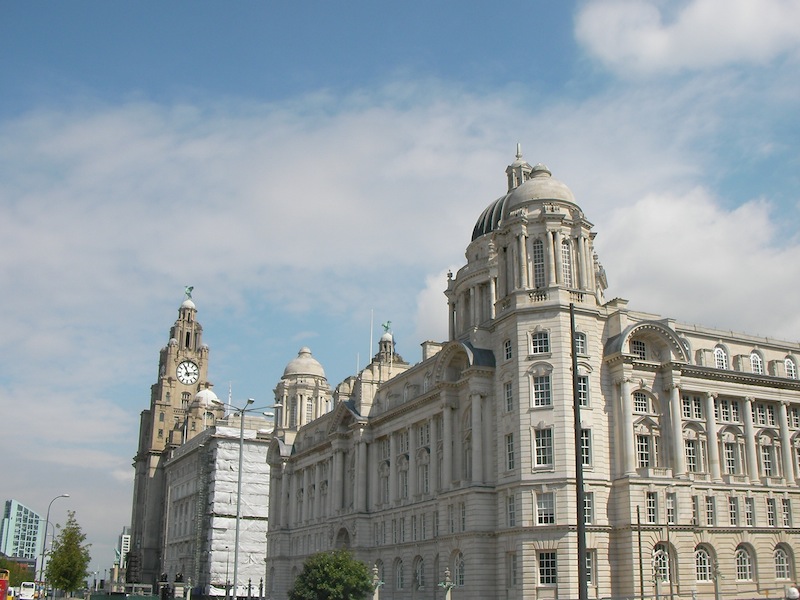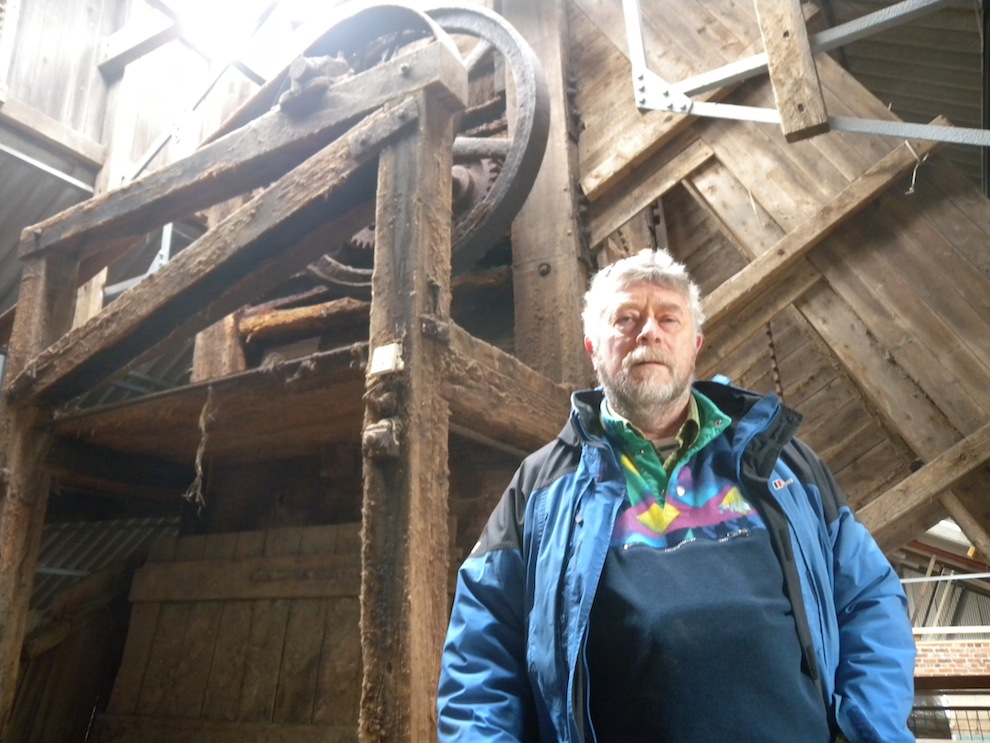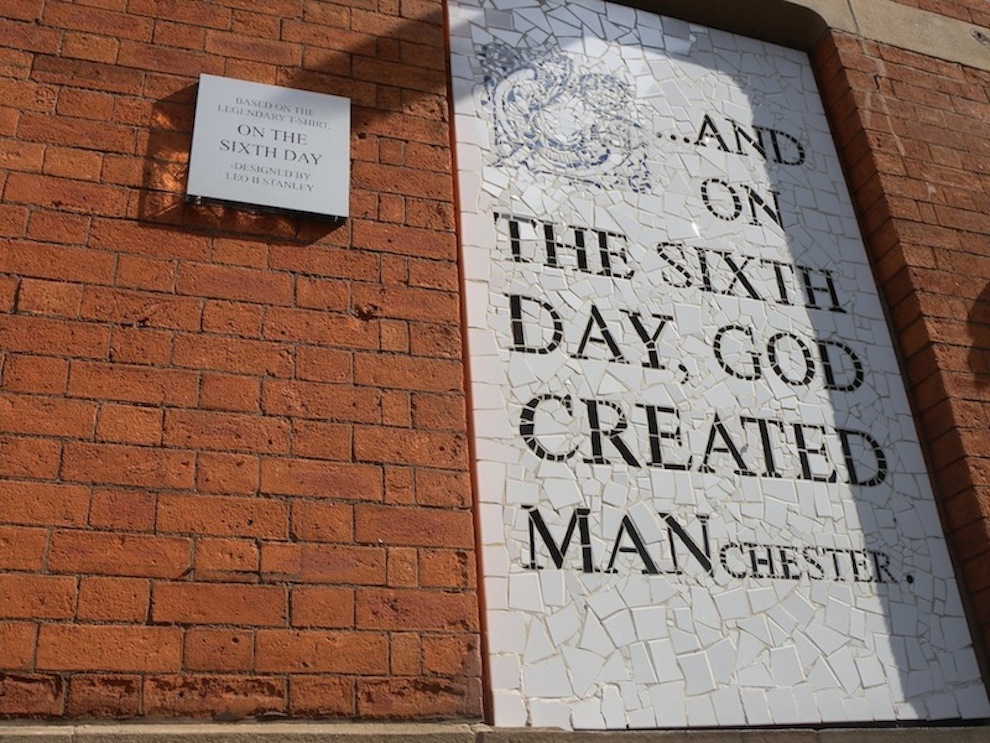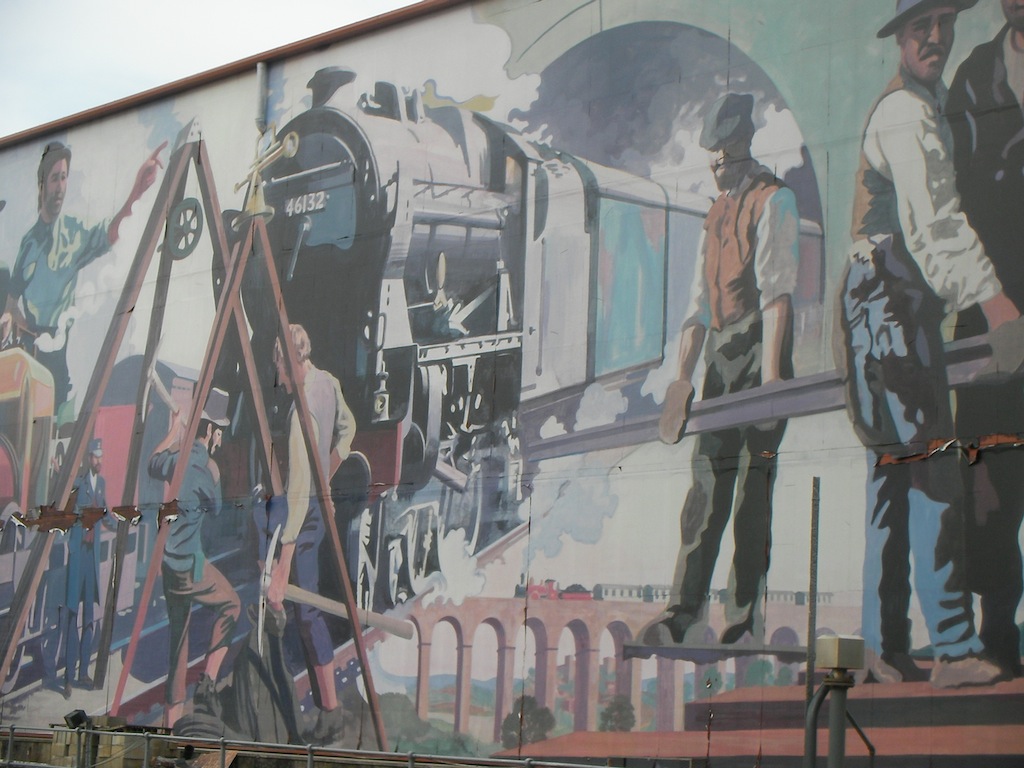
The Telegraph Cruise Show (October 11-12) comes to Liverpool’s Echo Arena, located on the city’s Unesco World Heritage-listed waterfront, next month.
Taking the show out of London reflects Liverpool’s renaissance as a cruise destination for first time since the golden age of cruising from Liverpool in the 1950s.
In May next year Liverpool will play host to the three largest Cunard ships ever built to mark 175 years since the inauguration of Cunard’s transatlantic service from Liverpool.
Indeed, since the £19m Liverpool Cruise Terminal began operations in 2007, cruise traffic has grown exponentially since then with 47 vessels and 54,595 passengers docking at the Pier Head in 2014, including Princess, Royal Caribbean and Fred Olsen.
Liverpool has plans to develop the cruise terminal further, accommodating ships with up to 3,500 passengers, within the next few years.
For day excursions, Liverpool offers a world-class combination of maritime-heritage architecture, cutting-edge cultural attractions and local delicacies.
These are all, handily, within a one-mile sweep along the River Mersey from the Cruise Terminal (Princes Dock) to the Echo Arena (Kings Dock) via the Albert Dock museum quarter and the Pier Head, home to Liverpool’s iconic Three Graces [pictured above], namely The Royal Liver Building, The Cunard Building and the Port of Liverpool Building.
Historical perspective
Head left out of the Cruise Terminal, passing the Titanic Memorial, and the first major attraction is the Museum of Liverpool (liverpoolmuseums.org.uk).
Opened in 2011, the angular, glass-fronted building tells the story of the city and its people. Liverpool was one of the world’s major trading ports in the 18th and 19th centuries, and a hub for the mass movement of people from northern Europe to America.
In 2004 Unesco granted six areas of Liverpool, including a couple along the waterfront, World Heritage status as a maritime mercantile city.
The Great Port gallery explores the development of the docks and the tidal River Mersey while the Global City gallery examines Liverpool’s pivotal role in the expansion of the British Empire.
Look out for the evocative poem, The Gateway to the Atlantic, by the Liverpool-born poet Roger McCough, by the entrance to the former.
Artistic endeavour
Next cross the bridge to the Albert Dock, where Tate Liverpool (tate.org.uk/liverpool) has been bringing world-class exhibitions, including the Turner Prize, to the Liverpool waterfront since the regeneration of the docklands in the late 1980s.
It’s not too late to catch the Liverpool Biennial 2014, the UK Biennial of Contemporary Art, which runs until October 26 with Tate hosting the main exhibition, A Needle Walks into a Haystack.
Look out for Patrick Caulfield’s pop-art graphics and the wool rugs designed by the young artist Frances Bacon while he working as a junior interior designer in London.
Susan Hiller’s Belshazzar’s Feast, the Writing on Your Wall, is an intriguing walk-in installation of a living room complete with armchairs, sidelights and a TV set.
While you’re browsing the minimalist gallery space, stop by the floor-to-ceiling windows to catch glimpses of the cityscape at different angles along the waterfront.
Museum quarter
Located just across the Albert Dock from Tate Liverpool is the Merseyside Maritime Museum, incorporating the International Slavery Museum.
The latter explores Liverpool’s role in the transatlantic slave trade, opening the visit with powerful quotes, such as Abraham Lincoln’s 1862 speech:
“In giving freedom to the slave, we assure freedom to the free.”
The former traces Liverpool’s rich maritime heritage. When the city celebrated its 700th birthday in 1907, Edwardian Liverpool was at its zenith as a world trading port.
The tragic loss of three ships from 1912-1914, the Titanic, the Lusitania and the Empress of Ireland marked the end of this golden period. You can also still catch the temporary exhibition of vintage cruise posters, Sail Away: Liverpool Shipping Posters, until 2015.
The last of the cultural triumvirate is the Open Eye Gallery (openeye.org.uk), dedicated to photography.
The current exhibition, Not All Documents Are Records, features works of international photo-reportage and runs until October 19. There’s also a great little shop selling vintage cameras, European art magazines and art books by the likes of Martin Parr and Wolfgang Tillmans.
All three museums are free to visit.
First-class berth
Two new hotel openings this summer continue the maritime theme.
The hotel 30 James Street (rmstitanichotel.co.uk) is located in Albion House, the former headquarters of the White Star Line.
It had a soft opening in April with all 64 crushed-velour-motif rooms, the spa and the waterfront-facing Carpathia Champagne Bar and Restaurant, named after the ship that saved passengers of the ill-fated Titanic, open from September.
The Great Hall function room has a collection of White Star Line memorabilia, including black-and-white footage of the announcement of the Titanic disaster from the balcony of room 22 on April 15, 1912.
The other new opening is the Titanic Hotel Liverpool (titanichotelliverpool.com), five minutes in a taxi along Great Howard Street from The Three Graces in the less developed Stanley Dock area.
Opened in July, it combines 153 apartment-style rooms and a spa with a huge, open-plan dining area, Stanley’s Bar and Grill, all converted from an erstwhile rum warehouse on the Leeds Liverpool Canal.
Local flavour
The busiest pub along the waterfront remains the Pumphouse in the Albert Dock.
Avoid the crowds spilling out of the Beatles Story visitor attraction, and enjoy a traditional taste of old Liverpool, by crossing over the thoroughfare Strand to the authentic old pub, The Baltic Fleet (balticfleetpubliverpool.com). There has been a lively waterfront hostelry on this site since at least the 1850s.
Today the Grade II-listed building is the only pub left in Liverpool to brews on its own premises.
Tuck into a plate of traditional Liverpool scouse, a stew of carrots and mutton, adopted by seafaring Scousers from a traditional a Norwegian dish, and wash this down with a dark pint of Wapping Smoked Porter or a Liverpool Wit wheat beer, raising a glass to Liverpool’s second coming as a cruise destination.
�See Visit Liverpool
* This story was first published by the Daily Telegraph. Liked this? Try this: Vintage cruise posters at the Merseyside Maritime Museum.
Post your comments below.



